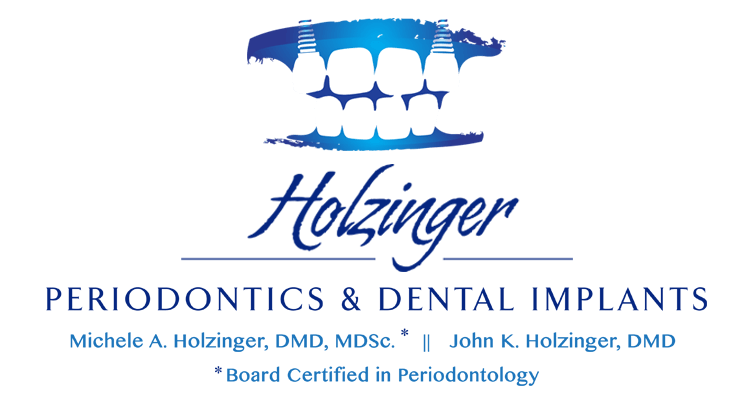Periodontal disease, more commonly known as gum disease, is a bacterial infection of the gums. It occurs when there is excessive plaque buildup on the teeth. Plaque is a combination of food residue and bacteria that sticks to the teeth unless it is brushed away. When it remains for too long it can infect the gums, causing periodontal disease.
In the early stages, periodontal disease is easy to stop. But as it progresses the effects are more severe, making it more difficult to cure. Here’s what you need to know to reverse periodontal disease.
Symptoms and Effects of Periodontal Disease
The first step in reversing periodontal disease is detection and diagnosis. If the symptoms are recognized early, it is much easier to stop gum disease and prevent more serious effects. Here are some of the telltale signs and symptoms:
- Bleeding gums. Gum disease causes gum tissue to be irritated and inflamed, which means they bleed easily when you brush or floss your teeth.
- Receding gums. Periodontal disease causes the gums to pull away from the teeth, known as receding.
- Swollen gums. The infected gum tissue may swell up and even form an abscess.
- Loose teeth. As periodontal disease progresses, the gums may pull away from the teeth so much that the teeth become loose.
- Bad breath. Persistent bad breath comes from the high levels of bacteria in the mouth.
- Sensitive teeth. As the gums pull away from the teeth, the exposed roots can be very sensitive to heat and cold.
Ways to Reverse Gum Disease
Periodontal disease cannot be reversed once the damage is caused and there is bone loss. That being said, there are ways to try to manage the extent and progression of the disease.
What you can do:
- Brush your teeth twice a day. Brushing your teeth removes plaque from the enamel before it can infect the gums. Brushing twice a day, when done effectively, removes enough plaque to keep gum disease at bay.
- Floss once a day. Flossing helps to remove plaque from in between the teeth and below the gum line. It also strengthens the gums and makes them more resistant to infection.
- Go to the dentist for regular cleanings. It is recommended that you go to the dentist every 6 months to have your teeth cleaned and examined. Recall schedules will be more frequent when there is worse disease or areas need to be more closely monitored. Sometimes you may rotate seeing your dentist and periodontist every 3 or 4 months. Your dental team will remove any plaque from your teeth that brushing and flossing missed before it can become a problem.
What a periodontist can do for you:
- Scaling and Root Planing. Scaling and root planing are two procedures that are typically done at the same time. Scaling involves removing plaque and calculus (hardened plaque) from below the gum line. Root planing is the process of smoothing the surface of the tooth root so that the gums have an even surface to attach to. This prevents bacteria from being able to get in between the tooth root and the gums and cause infection.
- Gum Grafting. If your gums have severely receded so that too much of the root is exposed, gum grafting can be done to replace and regenerate the gum tissue. Exposed roots can be sensitive and also susceptible to decay. The teeth may even become loose without the support of the gums. A gum graft procedure uses a piece of tissue from somewhere else in the mouth, attaching it to the existing gums and teeth to replace what was lost.
- Dental Implants. If periodontal disease resulted in the loss of one or more teeth, dental implants can replace them. A dental implant is an artificial tooth root that is surgically placed in the jaw with a crown attached to the top. It looks and functions like a natural tooth.
Holzinger Periodontics Can Help You Reverse Periodontal Disease
Nearly half of American adults suffer from some degree of gum disease, but you don’t have to be one of them. If you think you may have periodontal disease, Holzinger Periodontics can help. First, we will examine your teeth and gums to determine whether or not periodontal disease is present. Then we will treat the infection and take the necessary steps to prevent reinfection. We can also reverse periodontal disease side effects, such as receding gums.
The sooner gum disease is treated the better, so call us at one of our two convenient locations:
- Middletown: 860-347-8457
- New Britain: 860-224-0433
Or request an appointment. We look forward to helping you reverse periodontal disease.

